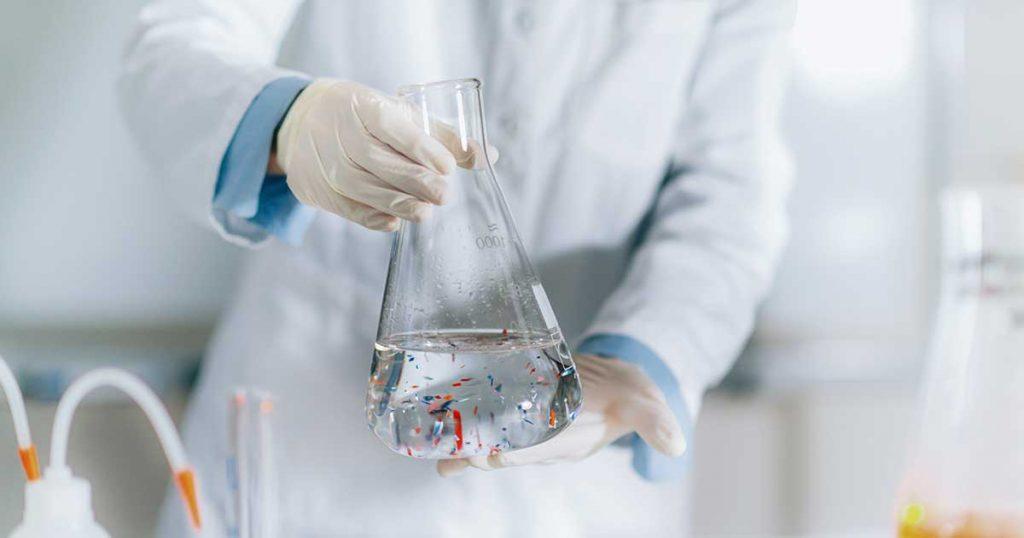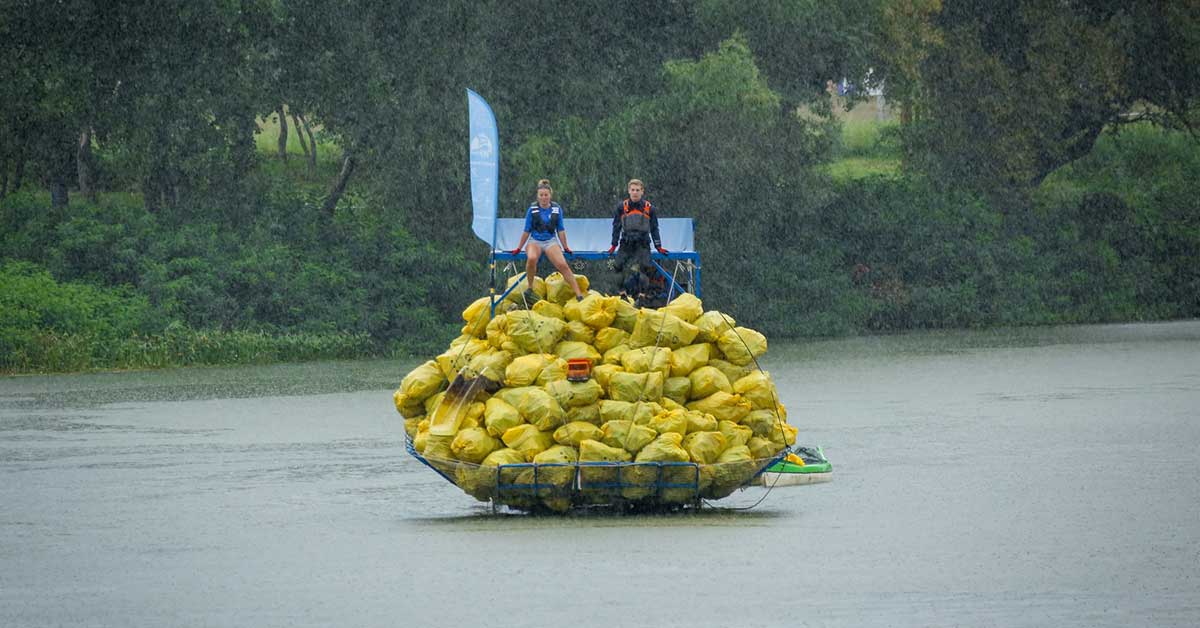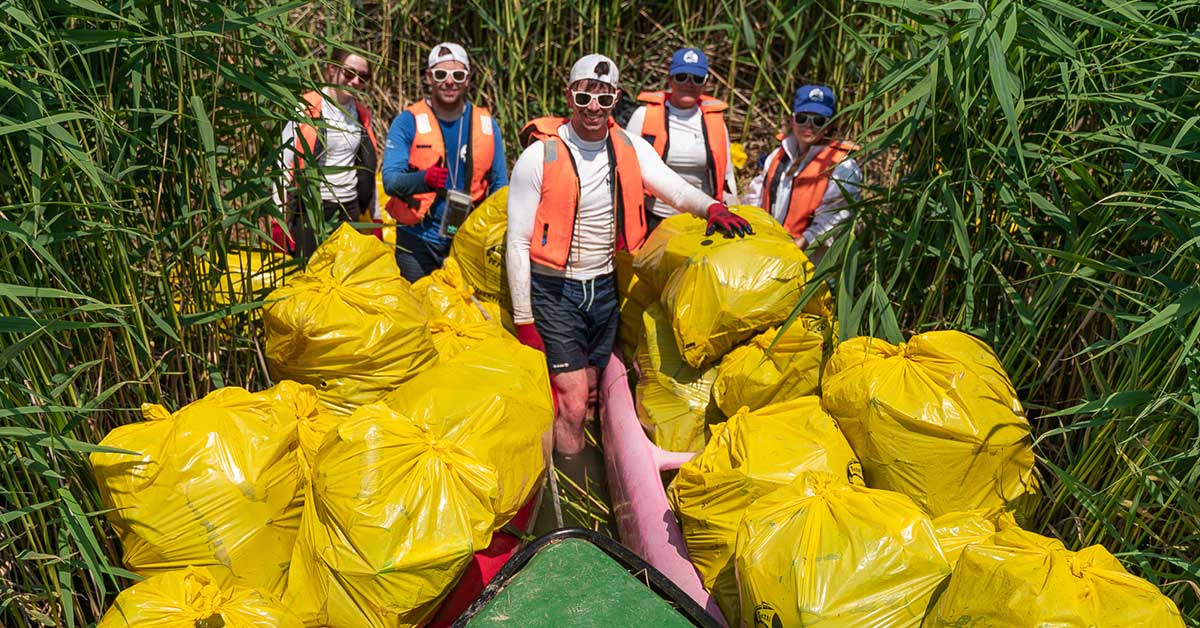
Returning readers may remember our earlier article about microplastics in river Tisza – now we’re approaching the issue from a different angle: their effect on our health.
What are microplastics?
Microplastics are tiny plastic particles less than five millimeters in size. They can be found in virtually every body of water in the world, and they are a significant concern because they have the potential to enter the food chain and harm marine life.
Microplastics are created when more significant pieces of plastic are broken down into smaller pieces by the sun, wind, waves, and other natural processes. They can end up in rivers and oceans if marine animals ingest them or if they enter the water through rain or storm runoff.
Microplastics have been found in the world’s oceans and major rivers, including the Danube, the Ganges, the Nile, the Rio de la Plata, and the Thames… and the Tisza.
The primary sources of microplastics in rivers and oceans are plastic bags, food packaging (including PET bottles), clothing, and other synthetic materials. These materials are often recycled but can still end up in waterways if improperly disposed of.
Microplastics can pose a severe threat to the health of aquatic life. They can cause digestive problems, reproductive problems, and damage to the immune system. They can also be ingested by fish and other marine creatures, which can lead to food poisoning.
@sambentley The world needs more BEACH VACUUMS! #fyp #foryou #plasticpollution #beachcleanup #pollution #microplastics #invention
♬ Home - Edith Whiskers
What do they do to us, humans?
Microplastics also significantly impact human health, both directly and indirectly. Indirectly, microplastics affect human health by contaminating the food chain. As microplastics are consumed by fish, birds, and other animals, they have transferred up the food chain and, eventually, end up being consumed by humans. As a result, microplastics can enter our bodies and have adverse health effects.
Microplastics can also have direct impacts on human health. These particles can contain toxins, such as pesticides and heavy metals, that are harmful to humans when ingested. Microplastics can also cause physical damage to the body, such as blocking the digestive system or causing intestinal obstructions. Furthermore, the materials that makeup microplastics may release harmful chemicals when they are broken down in the body.
In addition to the impacts on human health, microplastics also significantly affect our environment. These particles can absorb pollutants in the water, such as pesticides, herbicides, and heavy metals, and can also block sunlight and oxygen from reaching aquatic organisms. This can disrupt the food chain and even lead to the death of marine life.
Unfortunately, microplastics are a growing problem that is difficult to address. Since they are so small and widespread, it is difficult to remove them from the environment and prevent them from entering our bodies. However, some steps can be taken to reduce the microplastics entering our environment, such as reducing our use of single-use plastics and adequately disposing of plastic products.


